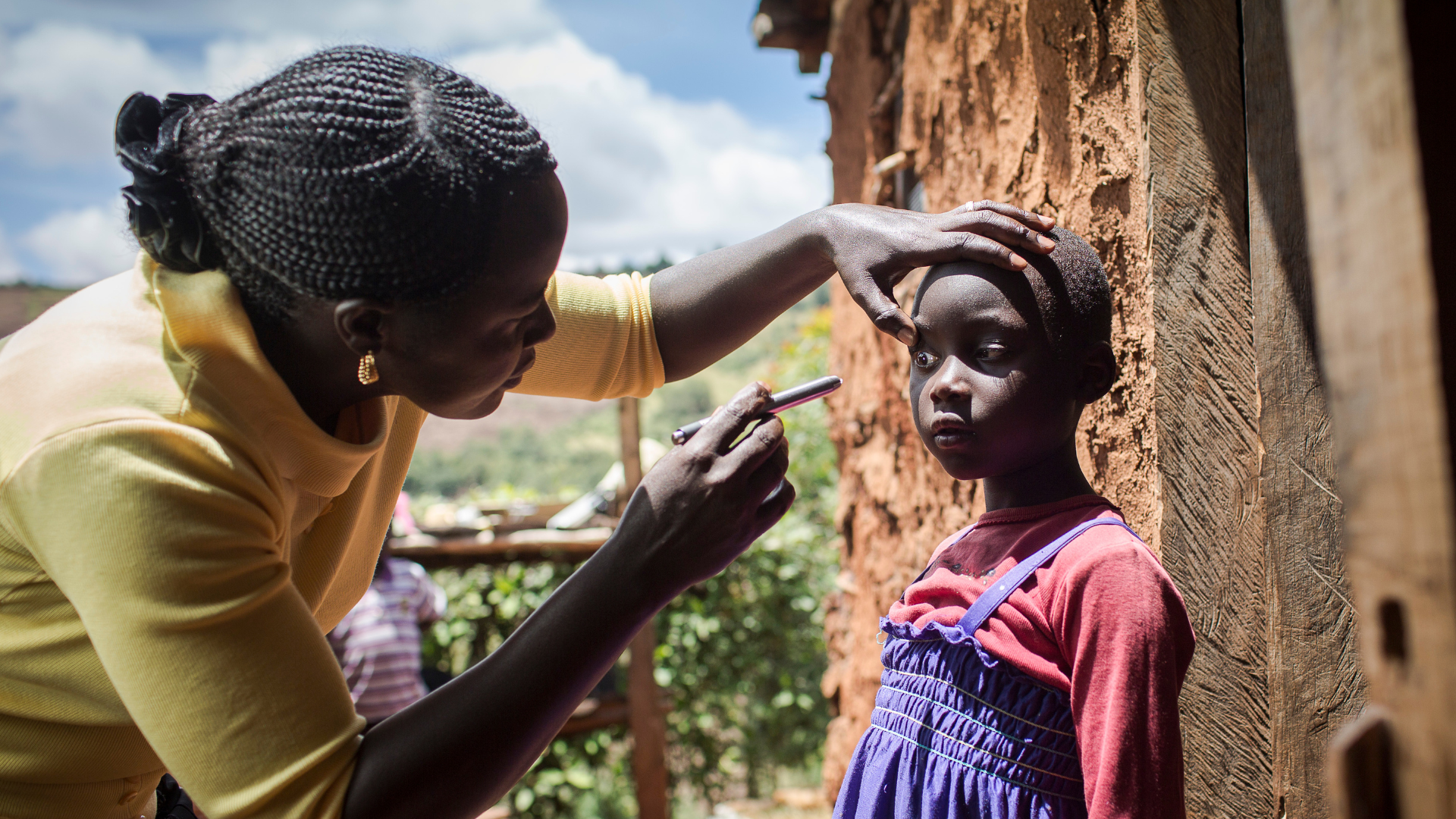What does blindness look like?

At The Fred Hollows Foundation, we work with a clear purpose: Provide affordable, high quality health care to everyone. By focusing on preventable and treatable diseases that cause blindness, we have restored sight to more than 3 million people around the world.
While our work certainly sounds impressive (and is!), most of us have never had the lived experience of navigating the world without sight.
Blindness is often an abstract concept for those that have sight or access adequate eye health care, and it is often reduced to statistics or clinical terms. Yet the reality is deeply personal – shaping people’s social, emotional and economic lives in profound ways.
What is Avoidable Blindness?
It is a common misconception that blindness is a binary concept: either you can see, or you cannot see at all — complete and total darkness.
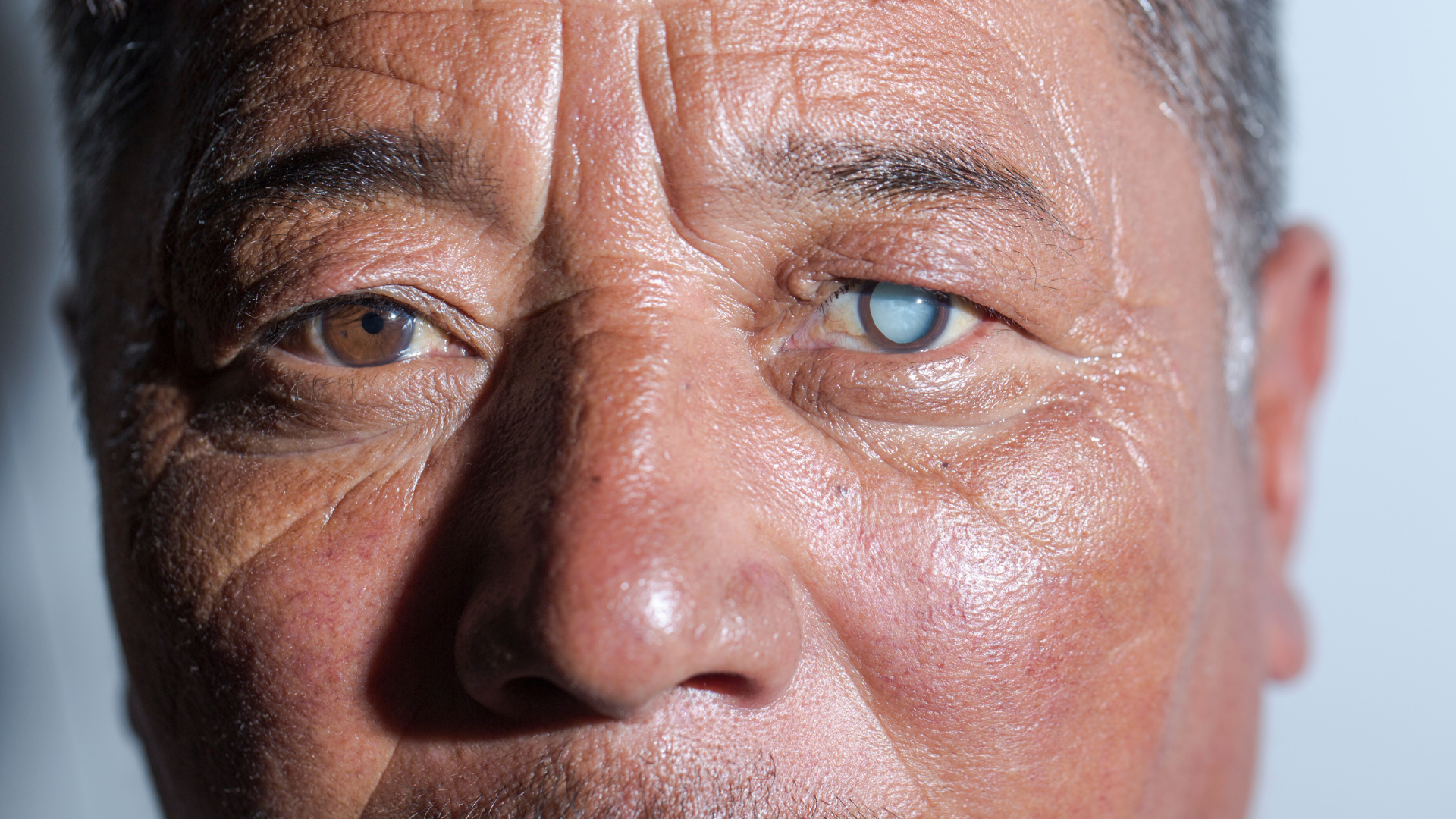
Photo credit: The Fred Hollows Founation
In reality, there are degrees and types of blindness. Vision impairment exists on a spectrum, ranging from partial sight to complete blindness. People with vision impairment may experience:
- Sight with blurry edges
- Lost ability to contrast visually
- Persistence of shadows
- Patchy or unclear vision
- Tunnel vision
The Foundation’s Sight Simulator
Many people try to describe blindness. Imagine everything in your field of vision becoming dark or blurry, or foggy. Imagine your own home, or an iconic landmark you instantly recognize, appearing blurred and incomplete – like a puzzle you’re constantly trying to piece together in your mind.
But the reality is that there is no real way to comprehend it other than to experience it.
That’s why we launched our online Sight Simulator. Using Google Street View, you can explore the cities and streets while seeing them as they might appear with cataracts, glaucoma, or diabetic retinopathy – three of the leading causes of blindness.
The simulator provides a powerful glimpse into how vision loss can affect daily life - but it’s only a small taste of the real experience.
The Impact of Avoidable Blindness
What does blindness look like? It reflects how society is organised - and how barriers to inclusion can profoundly shape people’s lives. It can mean children being excluded from equal learning opportunities, parents facing discrimination in employment, and communities not being designed to enable full participation. These barriers can lead to social isolation, economic disadvantage, and anxiety - not because of blindness itself, but because rights to access, inclusion, and opportunity are not being fully realised.
The statistics on blindness are sobering; globally, avoidable blindness results in US$411 billion in lost productivity each year. In Australia alone, the economic impact of vision loss exceeds A$16 billion annually.
Yes, behind these numbers are people whose lives are profoundly shaped by vision loss. Beyond the economic cost, there are social and emotional impacts – higher risks of depression, anxiety and stress, as well as barriers to participation in community and work. Practical challenges with navigation and lack of accessibility can contribute to isolation, underscoring the importance of building societies that are inclusive and accessible for all.
Everyday tasks many people take for granted – like reading, recognising faces, interpreting body language, or making eye contact – can become difficult with vision loss. When environments, systems and services are not inclusive, this can limit independence and restrict opportunities for participation. The impact is far-reaching, underscoring the need to also remove barriers so people can live with autonomy and dignity.
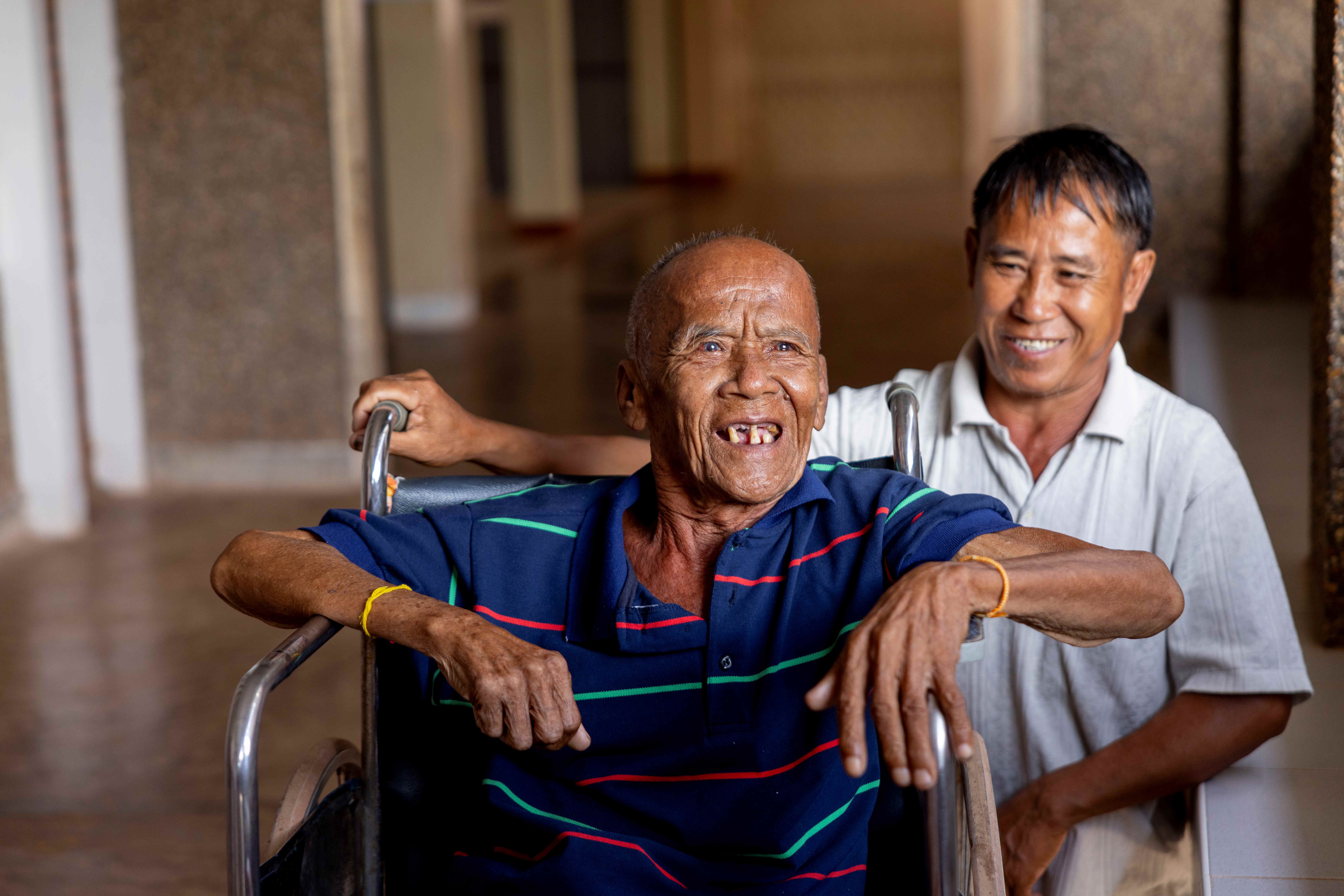
Eighty-five-year-old Thoung, once housebound and dependent on his wife Mai for care, now enjoys a new lease on life after sight-saving surgery.
Photo credit: Michael Amendolia
Assistive technologies, community support, skills training, and counselling can enable people with vision loss to live independently and participate fully. However, around the world many people with blindness do not yet have equitable access to these resources, highlighting the urgent need to ensure such support is available to all.
Avoidable Blindness
Around the world, 1.1 billion people live with vision loss, and 43 million people are blind.
This certainly sounds like a lot of people. But what is really shocking is that 90% of blindness and vision impairment is preventable or treatable with the right intervention.
Global statistics show that the overwhelming majority of people experiencing vision loss are affected by conditions that are preventable or treatable.
Restoring Sight and Changing Lives
Restoring sight for people with avoidable blindness is not simply a medical intervention - it is the realisation of a fundamental right to health, participation, and dignity. Sight enables individuals to reclaim independence, strengthen their social and economic roles, and shape their futures with greater opportunity, choice and agency. It allows people to actively participate in and contribute to their communities.
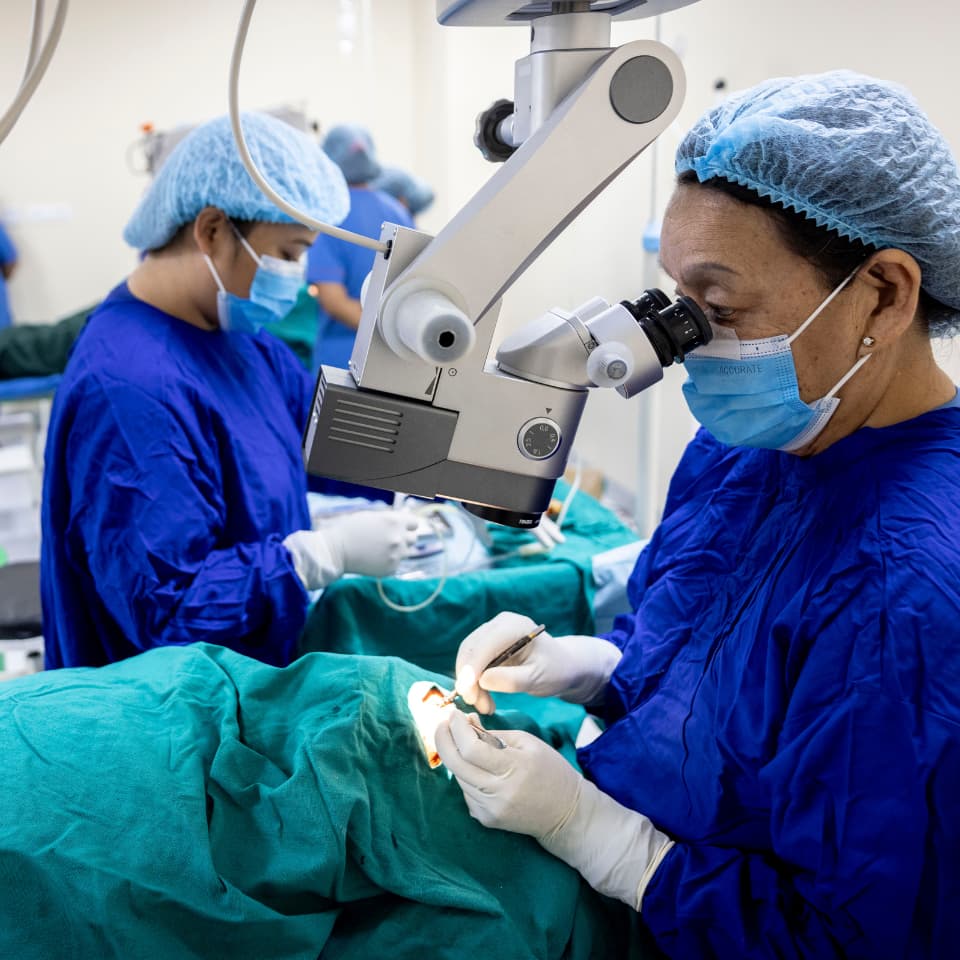
Eighty-two-year-old Krishna from Nepal undergoes the eye surgery that will change his life.
Photo credit: Michael Amendolia
As one surgeon put it, these successes are "wins" not only medically but for the individual's sense of self and place in the world.
The impact of restoring sight extends beyond the individual. Families benefit from reduced caregiving responsibilities, while communities gain from increased participation in school, work, and social life. Restoring sight strengthens economic productivity and deepens inclusion, creating positive ripple effects across society.
The Role of the Fred Hollows Foundation
The Fred Hollows Foundation is a global not-for-profit organisation dedicated to ending avoidable blindness through cataract surgery and similar interventions, thereby improving eye health for everyone, regardless of their economic status or location. Inspired by our founder, Professor Fred Hollows, an eye surgeon and social justice activist, the Foundation has been committed to ensuring that no one is needlessly blind or vision impaired for over 30 years and across 25 plus countries.
But it is the human stories at the heart of what we do that makes it so meaningful.
The Human Stories behind the Surgeries
The impact of restoring sight is reflected in the lived experiences of people worldwide.
For example, Hawiti, a grandmother from Ethiopia, who endured pain and feared permanent blindness, reported feeling "free when they took the patch off" following surgery provided by the Foundation.
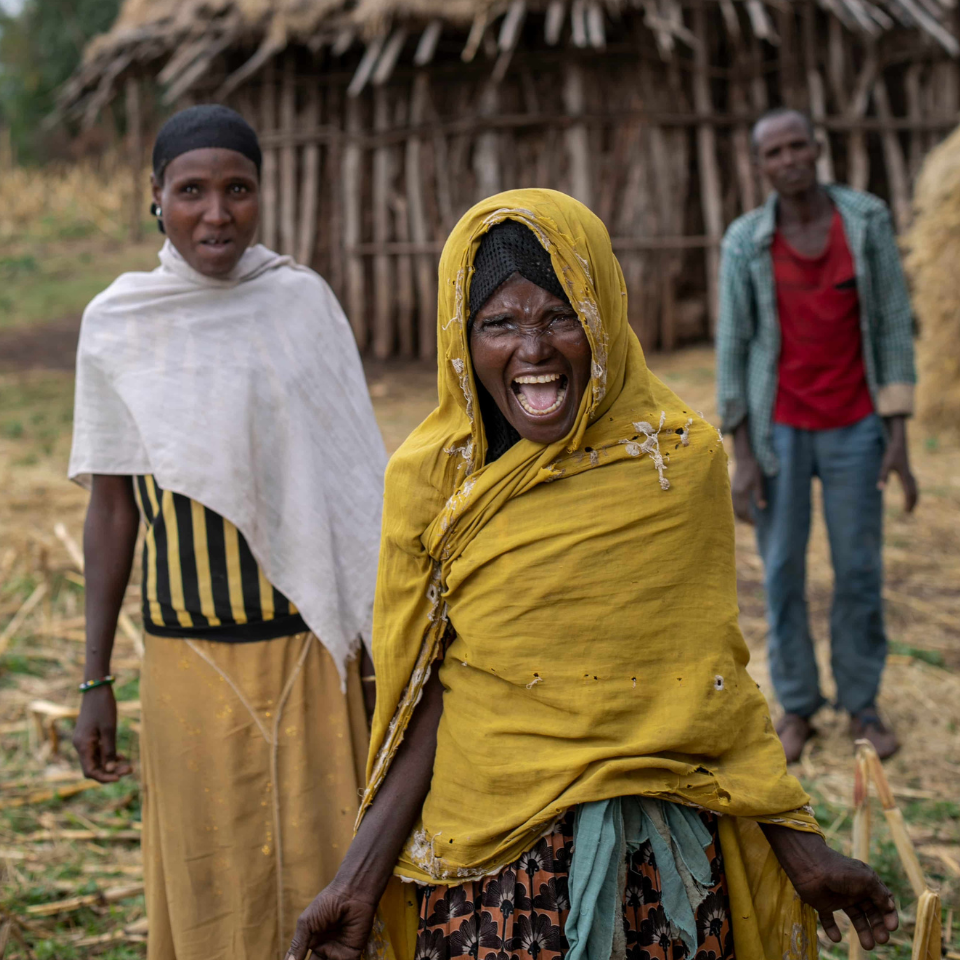
Seven-year-old Nabiritha from rural Kenya was born with bilateral cataract blindness and grew up in poverty and isolation. The simple joys of childhood like playing with friends or going to school were denied to her just because her family couldn’t afford the surgery. A single surgery lasting 20 minutes and costing $25 provided by The Fred Hollows Foundation gave her back her sight, and with it her childhood and future. It wasn’t just her sight that was restored but her smile as well.

What does a world without preventable blindness look like?
We are committed to eliminating avoidable blindness worldwide - including in Australia, Africa, South Asia, Southeast Asia, and the Pacific region – because everyone has the right to affordable, quality eye care. Our work goes beyond providing medical treatment for conditions such as cataracts, trachoma, and diabetic retinopathy. We strengthen local health systems by training doctors, nurses and health workers, support research, and advocate for systemic change so that access to eye health becomes sustainable and equitable. Restoring sight doesn’t just transform an individual’s life – it strengthens families, communities and local economies by enabling full participation and opportunity.
Meet the author
Related articles
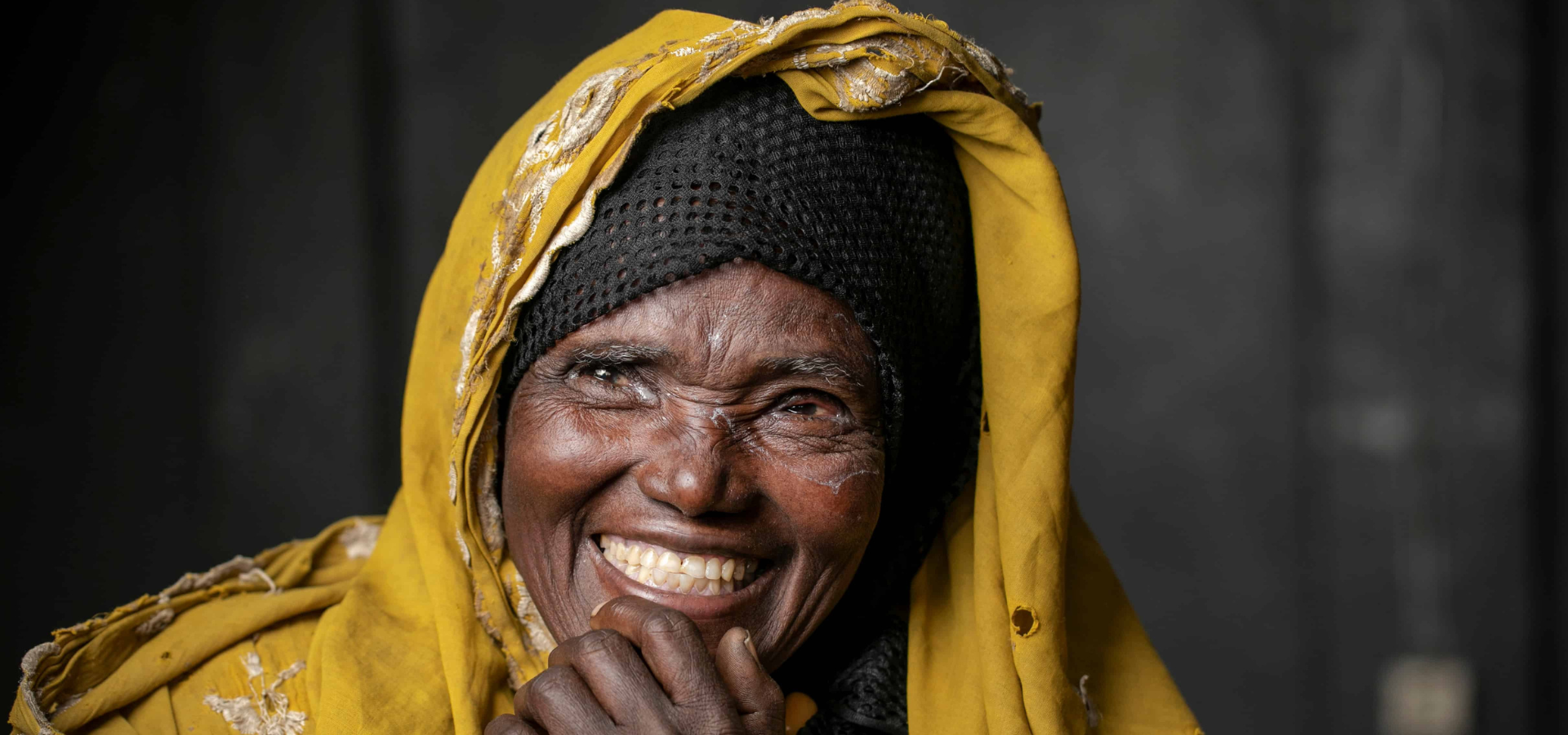
Hawiti's Story
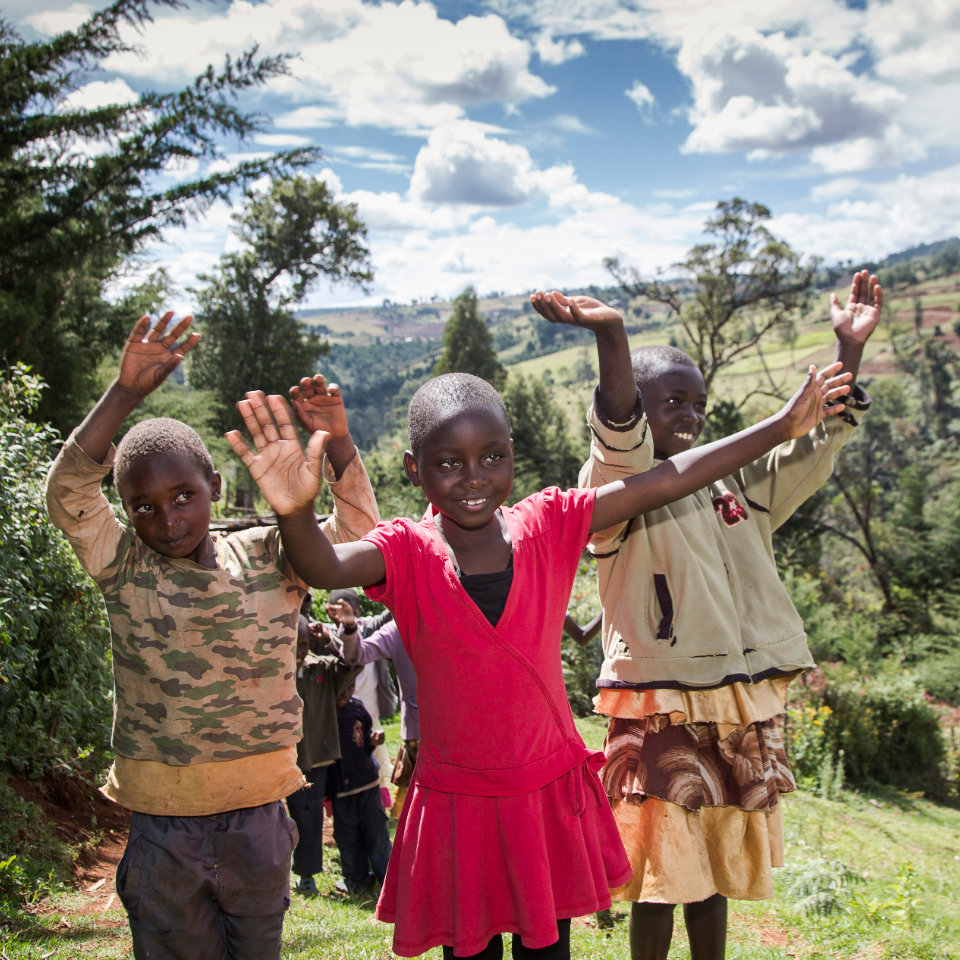
Nabiritha's Story
